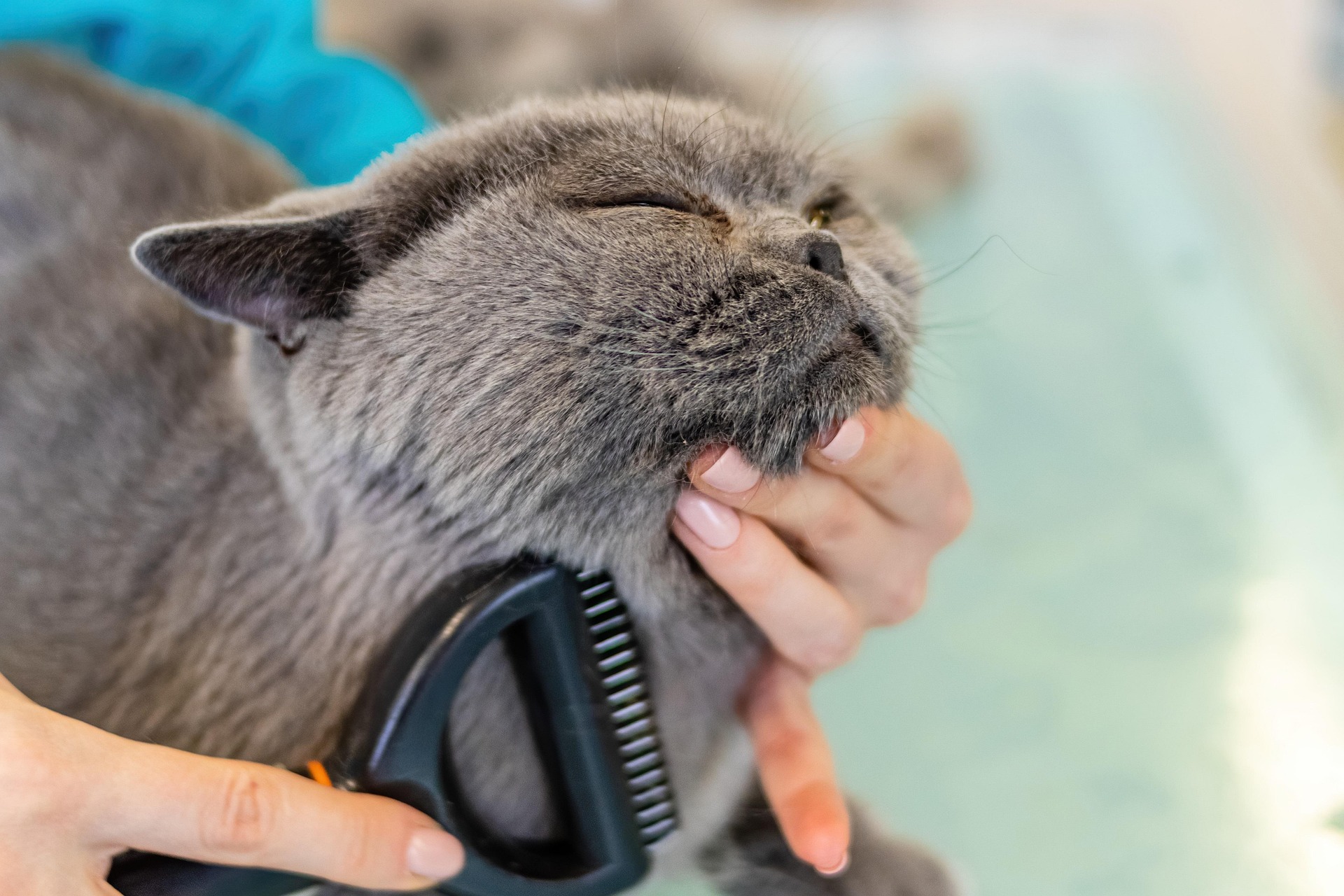Preparing Home Environments for New Companion Introductions
Bringing a new companion into your home is an exciting transition that benefits from planning. Thoughtful preparation reduces stress for both people and animals, supports smooth socialization, and establishes routines that encourage long-term wellness and positive behavior.

Welcoming a new companion requires a calm, safe environment and steady routines so both resident and new animals can adjust. Preparing spaces, supplies, and expectations ahead of time helps reduce stress and prevents common issues like resource guarding, house soiling, or fear responses. Consider the individual needs of the animal’s breed, past experiences from shelters or previous homes, and any medical requirements such as vaccination or microchipping records. Proper planning also includes setting up quiet zones, deciding where feeding and enrichment occur, and arranging gradual introductions rather than sudden full contact.
This article is for informational purposes only and should not be considered medical advice. Please consult a qualified healthcare professional for personalized guidance and treatment.
canine
Introduce a resident dog to a newcomer with predictable routines and controlled encounters. Start with scent exchanges—swapping bedding or toys—then short, leashed meetings in neutral areas to observe behavior and body language. Monitor signs of stress like lip licking, yawning, stiff posture, or freeze behaviors, and separate animals before escalation. Training basic cues such as sit and leave it can help manage interactions, and supervised play sessions with enrichment toys reduce competition. Be mindful of breed-specific energy and social tendencies when planning exercise and habitat adjustments.
feline
Cats often need slower introductions and clear territory boundaries. Create vertical spaces, hiding spots, and separate resources (food bowls, litter boxes, resting areas) so resident and new cats can avoid direct competition. Use gradual visual contact through a cracked door or baby gate, and encourage positive associations with pheromone diffusers, play, and treats. Observe behavior for signs of stress, redirected aggression, or territorial marking, and provide multiple enrichment opportunities to reduce boredom. Microchipping and vaccination checks should be confirmed before extended interactions.
grooming
Grooming supports wellness and bonding while revealing potential health issues. Schedule a grooming routine that suits the companion’s coat type and breed characteristics, including brushing, nail trims, ear checks, and skin inspections. For animals from shelters, allow time to acclimate to touch; start with short, calm sessions and reward cooperative behavior. Use appropriate accessories such as a comfortable brush, cat-safe nail trimmers, or a drying towel. If professional grooming is needed, research local services and ensure transport and handling minimize stress for the newcomer.
nutrition
Set up feeding protocols to prevent resource guarding and digestive upsets. When integrating a new animal, ask about prior diets and transition gradually to any new food over 7–10 days to avoid gastrointestinal issues. Provide individual feeding stations or separated meal times for multiple animals, and consider dietary needs linked to age, breed, medical conditions, or weight management. Keep hydration stations accessible and avoid free-feeding in multi-pet homes where competition could occur. Consult a veterinarian for tailored nutrition advice, especially for puppies, kittens, seniors, or animals with special diets.
training
Training establishes clear expectations and supports safe, positive introductions. Use reward-based methods to teach basic cues and impulse control—sit, stay, recall, and polite greetings—and maintain consistency across household members. For multi-animal homes, reinforce calm behavior around resources and during greetings. Professional trainers or behaviourists can help when issues like aggression or intense fear appear; local services often offer group classes, private sessions, or home visits. Enrichment activities and mental stimulation contribute to calmer interactions and reduce the chance of conflict.
adoption
When adopting from shelters or rescues, gather as much history as possible, including medical records, vaccination status, and observed behavior with other animals. Shelters can often advise on temperament, suitable living situations, and breed-related needs. Prepare a habitat with stable resting spaces, accessible enrichment, and appropriate accessories like collars with ID, carriers, and bedding. Microchipping and updating contact information is a key step after adoption. If rehoming from a private source, verify vaccination and wellness checks before introductions.
Conclusion A thoughtful, stepwise approach makes companion introductions more successful: plan the habitat, confirm vaccination and microchipping, set up separate resources, and use gradual, supervised meetings tailored to canine or feline social styles. Consistent grooming, nutrition plans, and training reinforce healthy routines and reduce stress. Observing behavior and adjusting your approach as animals acclimate helps create a stable household where companions can thrive and enjoy safe, enriching relationships.





